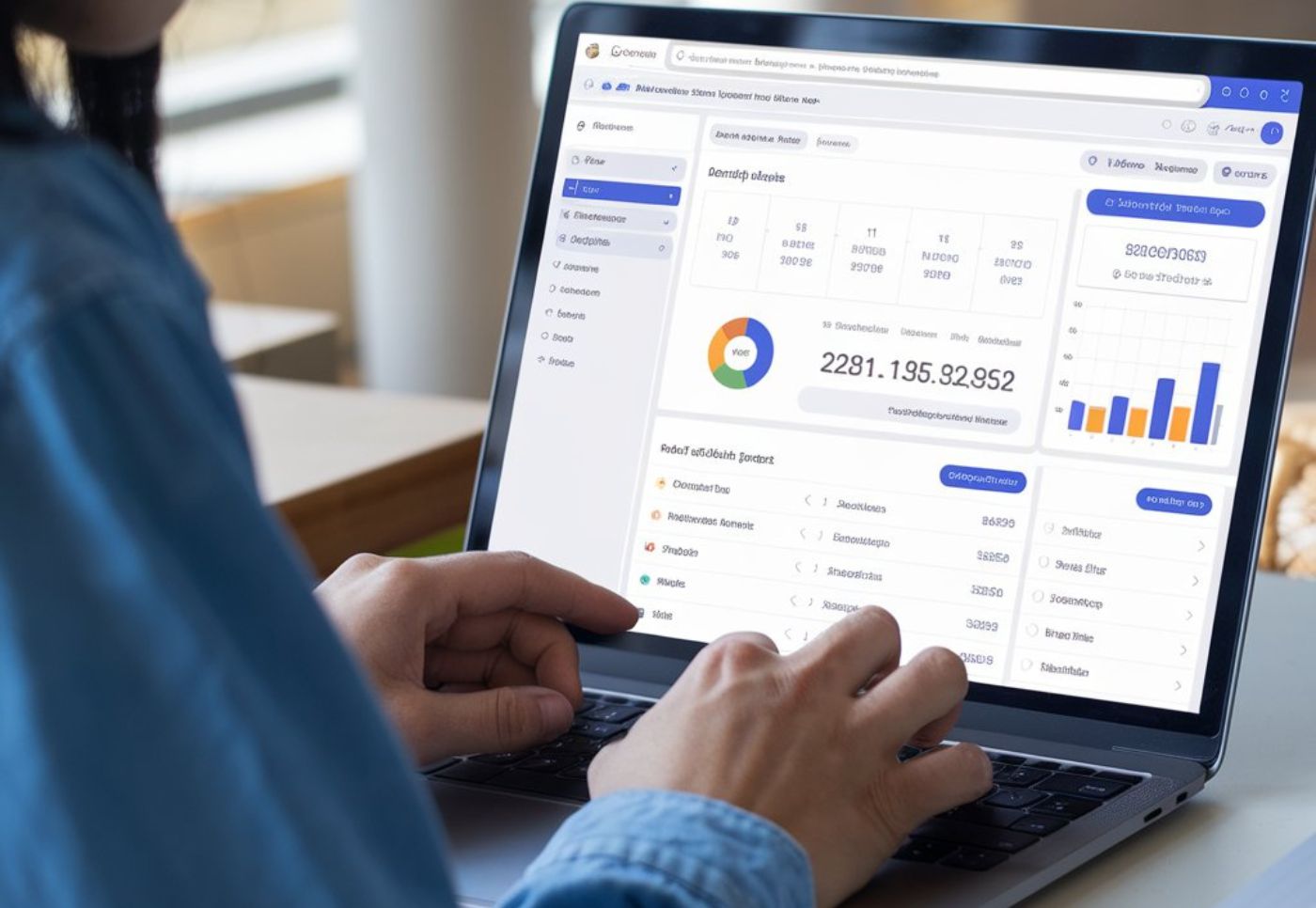SEO Strategy: 8 Powerful Steps to Win

INTRODUCTION
Are you publishing content regularly but still not seeing results in search rankings? You’re not alone. Many businesses create great content but overlook the need for a structured SEO strategy that drives visibility, clicks, and conversions. With billions of searches happening on Google every day, your site needs more than just good writing—it needs a plan. A smart, well-executed SEO strategy will help you rank higher, attract the right traffic, and grow sustainably. Let’s break it down step-by-step.
 Table of Contents
Table of Contents
- Why SEO Strategy Is Essential
- Top Tools to Build a Solid SEO Strategy
- The 8-Step SEO Strategy Framework
- Content Creation Tips That Support SEO
- How to Measure SEO Success
- Conclusion
- FAQs
Why SEO Strategy Is Essential
SEO isn’t just about keywords anymore—it’s about delivering the right content to the right audience at the right time. Without a well-structured SEO strategy, your efforts can feel like throwing darts in the dark. A winning SEO strategy aligns your content, technical setup, and user experience with how search engines work.
Stat: According to BrightEdge, 68% of online experiences begin with a search engine, and SEO drives over 1,000% more traffic than organic social media.
Analogy: Think of SEO like building a house. You don’t start with furniture—you start with the blueprint. SEO strategy is that blueprint.
Top Tools to Build a Solid SEO Strategy
- Google Search Console – Performance tracking
- Google Keyword Planner – Keyword research
- SEMrush / Ahrefs – Competitive analysis and backlink tracking
- Yoast SEO / Rank Math – On-page optimization (WordPress)
- Screaming Frog – Technical SEO audits
- Surfer SEO / Clearscope – Content SEO suggestions
The 8-Step SEO Strategy Framework
Step 1: Define Your SEO Goals
Set SMART (Specific, Measurable, Achievable, Relevant, Time-bound) goals based on your business priorities.
Example: Increase blog traffic by 40% in 6 months by targeting long-tail keywords.
 Step 2: Conduct Keyword Research
Step 2: Conduct Keyword Research
Use tools like Google Keyword Planner or Ahrefs to:
- Identify keywords with high volume and low competition
- Understand search intent (informational, transactional, etc.)
- Target long-tail variations
Tip: Focus on “problem-solving” queries that match your audience’s pain points.
Step 3: Optimize On-Page SEO
Make sure your content is:
- Structured with H1, H2, H3 tags
- Keyword-rich in title tags, URLs, and meta descriptions
- Enhanced with internal linking and image alt text
Real-life Tip: A client’s blog went from page 5 to page 1 by just updating meta titles and improving header tags.
Step 4: Create High-Quality Content
- Write for humans, not bots
- Use clear formatting (bullet points, short paragraphs)
- Incorporate original research, visuals, and personal insights
Example: Instead of just a blog, turn a strategy into a case study showing your approach.
Step 5: Build High-Quality Backlinks
Earn links from:
- Guest blogging
- Podcast interviews
- Niche directories and high-authority sites
Pro Tip: Use HARO to answer journalist queries and earn backlinks from big media.
Step 6: Optimize Technical SEO
Fix issues related to:
- Page speed (Google recommends under 2.5s)
- Mobile responsiveness
- Broken links and crawl errors
- XML sitemaps and robots.txt
Example: A site saw a 38% increase in crawl rate after removing duplicate content and fixing broken internal links.
Step 7: Track and Analyze Performance
Monitor:
- Keyword rankings
- Organic traffic
- Bounce rate and average time on page
Use Google Analytics and Search Console to measure improvements and gaps.
Step 8: Continuously Update and Refresh Content
Update:
- Stats and outdated references
- Meta descriptions and titles
- Internal links to new content
Real Example: A blog on “SEO trends 2022” updated for 2024 gained a 60% jump in organic traffic.
Content Creation Tips That Support SEO
- Use keyword-rich headings without overstuffing
- Include questions from “People Also Ask” in your content
- Repurpose blog posts into videos or infographics
Visual Idea Suggestion
Design a flowchart-style infographic showing all 8 steps as part of a feedback loop with icons for each: goals, keywords, content, on-page, backlinks, tech SEO, tracking, and updating.
Competitor Analysis
Brian Dean’s SEO strategy post on Backlinko is a great example. It’s detailed, visual-heavy, and focused on real strategies. But you can stand out by simplifying your structure, avoiding jargon, and making it beginner-friendly.
How to Measure SEO Success
Track your SEO strategy performance through:
- Keyword movements using SEMrush
- Organic traffic trends in Google Analytics
- Conversion tracking (e.g., form fills, sign-ups)
- Engagement metrics (bounce rate, pages per session)
Tip: Set quarterly SEO KPIs and review them with your content and dev teams.
Conclusion
Building a strong SEO strategy doesn’t happen overnight—but when done right, it pays off big. These 8 steps offer a repeatable, proven framework that helps your site rank better, attract qualified leads, and grow your brand organically. Whether you’re starting from scratch or refining an existing process, remember: SEO is a marathon, not a sprint.
Ready to level up your SEO?
- Bookmark this guide and begin with Step 1 today.
- Share it with your team and plan a quarterly SEO audit.
 FAQs
FAQs
1. What is the best SEO strategy for a new website?
Start with technical SEO setup, keyword research, and consistent content creation.
2. How long does it take to see SEO results?
3–6 months is typical, depending on competition and content quality.
3. Should I focus more on content or backlinks?
Both are crucial. Content attracts users; backlinks build authority.
4. How often should I update my SEO strategy?
Review quarterly or after major algorithm updates.
5. What’s the difference between on-page and technical SEO?
On-page deals with content and tags; technical SEO handles site structure and performance.

 Table of Contents
Table of Contents Step 2: Conduct Keyword Research
Step 2: Conduct Keyword Research

 FAQs
FAQs



